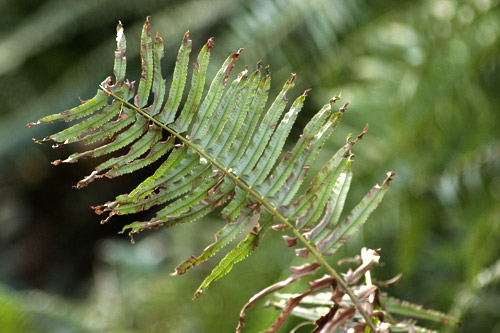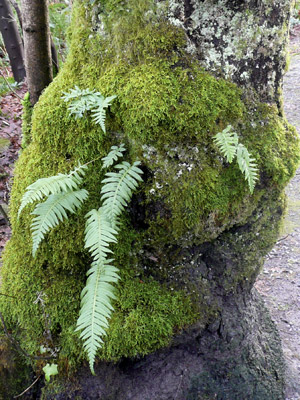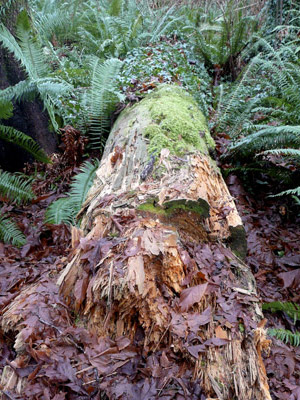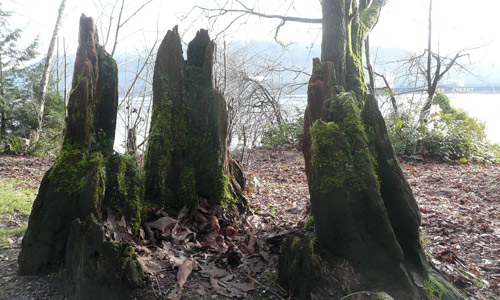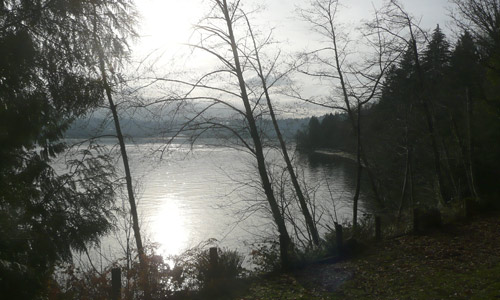transitions, again

It’s been some time since I’ve shared what I’ve been doing in the printmaking studio. I wrote about transitions last September, now I feel as if I’m again in that state of mind. In the fall I created and finished a series of 26 small prints, then moved right into another related series of somewhat larger pieces which I’ve just recently completed editioning. I’m very pleased with these and have had great responses to them.
I just haven’t done all the photo documentation of these works. The prints in the first series are small enough to scan but I’ve yet to do it. The second series I photographed a few days ago and only today have downloaded them. I see they need lots of adjusting for they are underexposed and need some colour correction. I’m even wondering if I should re-shoot them with some better lighting somewhere else, but where? Or, should I use the original digital files they were printed from? Anyway, as you see, it’s been a very productive period for me but I’m procrastinating over getting them ready to post here as well as into my little online gallery.
However, and here’s where the ‘transition’ issue comes into play, I’m at a point where I’m still feeling my way around the next pieces that I want to work on and need to spend time with them for the next two weeks while the momentum is still with me and before an upcoming enforced ‘holiday’.
From Feb 12th to 28th our studio will be closed because our usual annual two day reading break on the campus has been extended to over two weeks because the parking lots will be used exclusively for the Winter Olympics. Strict security controls will be in place so no classes or classroom access anywhere – imagine that! So, I think that period of time may be when I complete the photo documentation and post my new works here. That’s my goal – wish me fortitude for I can too easily get distracted by other things like macro photography.
On the home front is another transition ahead with our daughter and granddaughters heading back to London at the end of this week after a wonderful six-week visit here. The house will be awfully quiet….











